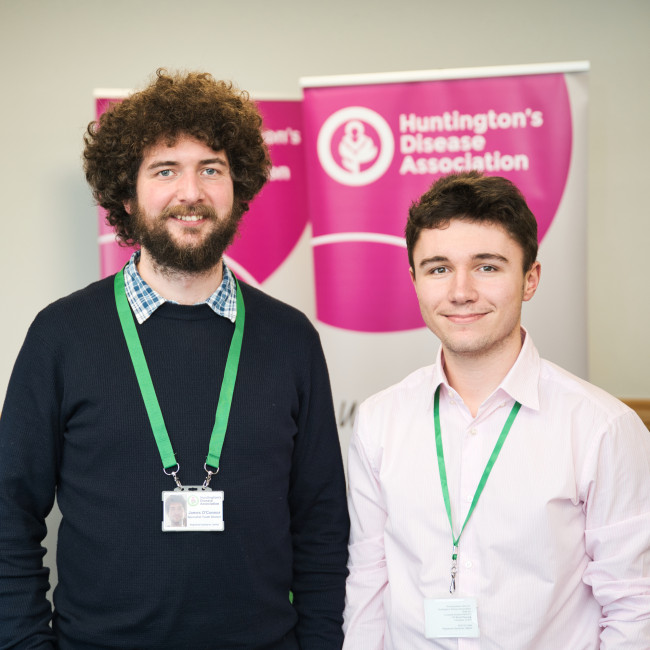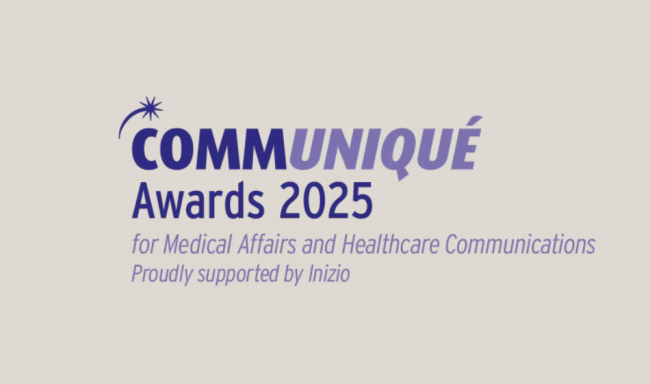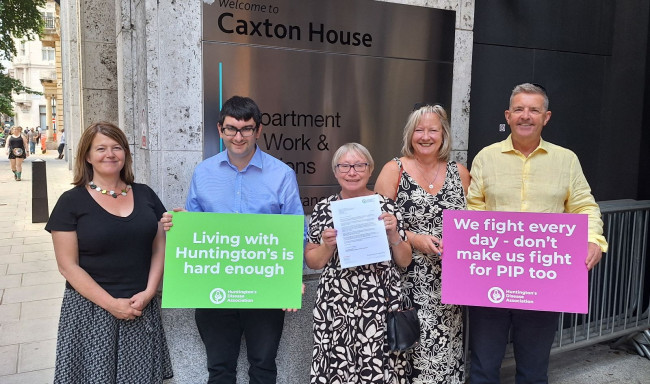The outcomes of the GENERATION HD1 trial have today been published in a scientific journal, and today leading sceintists in the Huntington's disease community have been discussing what's next for tominerson.
When the results first came in the GENERATION HD1 trial it was a blow to the Huntington's community, what had seemed a promising drug had the trial stopped due to adverse effects.
As with all scientific data, understanding of what happened and what the next steps would be were of utmost importance.
Today's sharing of data explains more. To find out what happens next we recommend reading the HD Buzz article
The following statement has been released by the Dementia Research Institute :
The early stopping of this trial was devastating for the Huntington's disease community at every level. Now the full and open publication of the results is important, as we will all learn from these data.
Prof Sarah Tabrizi, Group Leader at the UK DRI at UCL
Earlier, shorter trials showed tominersen to be safe and effective in reducing HTT levels in a small group of patients, but important differences in the phase three trial (which consisted of 791 participants) deliver key lessons for ASO treatments and Huntington's disease.
The exposure to drug in the phase three trial was higher than in previous trials, which may have caused side effects such as inflammation, enlargement of the brain ventricles, and the release of neurofilament light (NfL) protein, impacting its efficacy. An increase in NfL in cerebrospinal fluid is now recognised as a safety biomarker thanks to this trial. The second key difference is that the GENERATION-HD1 trial tested tominersen in patients already displaying significant symptoms, indicating perhaps that it needs to be administered earlier in the disease course to have a benefit.
Prof Tabrizi explained:
“The early stopping of this trial was devastating for the Huntington's disease community at every level. Now the full and open publication of the results is important, as we will all learn from these data. They will inform new trial designs, dosing regimens, stage of disease to treat, and they are important too for the development of antisense oligonucleotides for gain of function adult neurodegenerative diseases on a wider level.”
The full results of the GENERATION-HD1 trial are now published in The New England Journal of Medicine. This includes a post hoc analysis suggesting that testing tominersen in smaller doses, on early-stage Huntington's disease patients, has a better chance of delivering clinical benefit. A new phase two safety and dose-finding trial – GENERATION-HD2 – is already underway exploring this.
Prof Ed Wild added:
“While this first phase 3 trial of a huntingtin lowering therapy clearly didn't produce the desired clinical outcomes, this publication of the trial's full results is a crucial step to repay the selfless generosity of the patient volunteers, and will enable the community to continue to learn how to turn this new generation of therapeutics into a much-needed meaningful treatment.”




